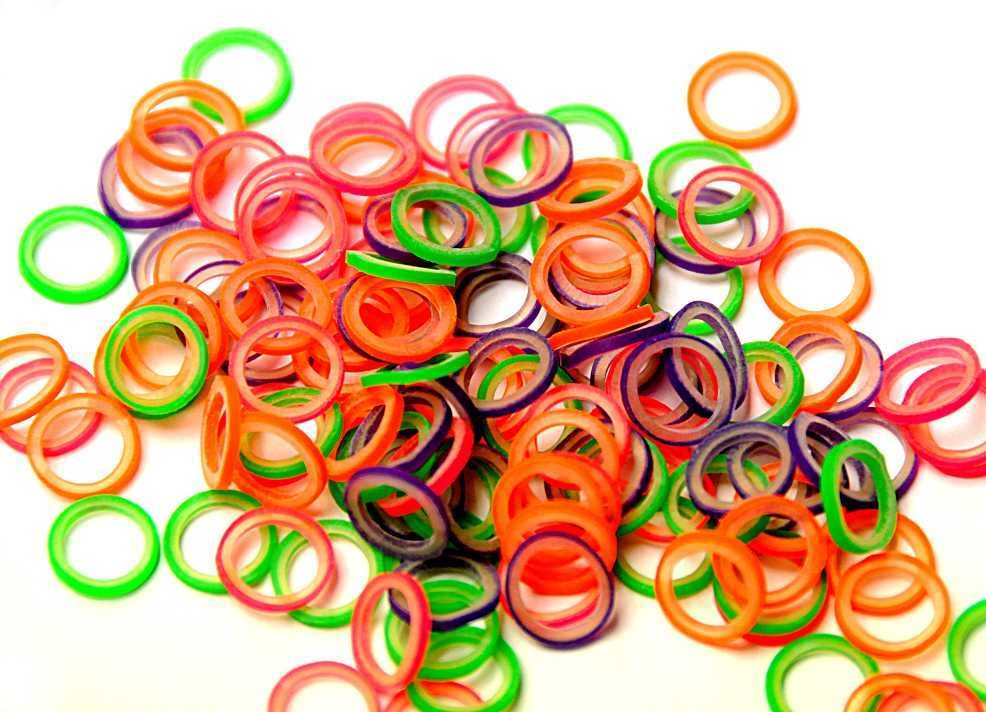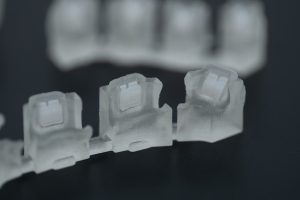Braces work by gently applying pressure to the teeth to gradually move them into the correct position. In some cases, orthodontic elastics (also known as rubber bands) are used to apply additional pressure in a specific direction to move individual teeth or groups of teeth and are commonly used to improve your bite.
Customised for each patient, the rubber bands typically stretch over tiny hooks on the top and bottom brackets of your braces. If worn consistently and every day, these tiny elastics will apply the steady pressure needed to guide your teeth into the correct position. There are many types of ways to configure elastics – so it’s important to make sure you’re putting them on correctly. Dr Mehta and his team will show you exactly how to wear your elastics and for how many hours per day.
Elastic Do’s and Don’ts
DO – Get in the habit of carrying extra elastics and replace them as soon as possible if one breaks or is lost. By consistently wearing the elastics you will ensure that your orthodontic treatment is always progressing.
DON’T – Double up on elastics as this may cause too much pressure on the tooth or teeth and can actually harm the roots of the tooth.
DO – Always wash your hands before removing or replacing the elastics.
DON’T – Overstretch the rubber band or it will lose its strength and it will be ineffective.
DO – Do contact us at Mehta Orthodontics if you run out of rubber bands.
Elastics are a key part of orthodontic treatment and learning how to remove and replace them is an important part of the orthodontic process. While wearing elastics may seem tedious, they can greatly affect the outcome of treatment. Don’t forget putting in some hard work during treatment will ensure you have a fantastic smile for the future!












